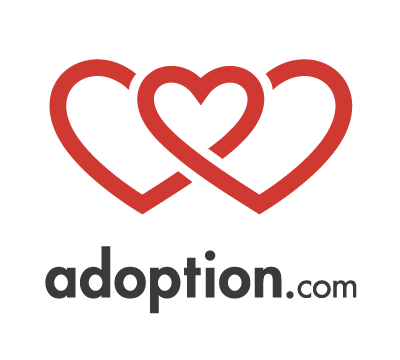Choosing an Adoption Path (Openness, Risk, Age of Child)
When embarking on the adventure of an adoption journey, there are many choices to make along the way. Financial considerations are at the forefront of many hopeful adoptive parents’ minds, but there are many other factors to take into account.
Openness
International adoption is almost always a “closed” adoption, meaning that the adoptive family has no contact with the child’s birth family. In domestic newborn adoptions, the trend has been more in favor of some degree of “openness.” The degree of openness may vary from the two sets of parents meeting in order to decide if they are a good match, but not exchanging any identifying information or staying in touch, to maintaining some schedule of contact via the adoption agency (again, without exchanging identifying information), to becoming friends who not only stay in touch directly but spend time together in person as an extended family. In foster care adoption, openness is generally not in the best interest of the child due to the fact that he was removed from his original family because of abuse or neglect. It is possible, however. It all depends on the individual situation.
Age of child
The age of children coming home from abroad varies but generally is not less than one to two years old. Different countries have different policies regarding when they allow their children to be adopted by foreigners. In Poland, for instance, the authorities make every effort to keep the child in the original family or to be adopted within Poland. For this reason, no child under one year of age is even available to be considered for international adoption. Once they are over 1, foreign couples may start to be matched with the child. However, from matching to homecoming takes months. In domestic newborn adoption, the child’s first mother generally begins to make plans to place her child in an adoptive home during her pregnancy, and many adoptive parents are present at the child’s birth.
Foster care adoption, on the other hand, covers all age ranges, depending on when they were removed from their original homes and for what reason. The abuse and/or neglect that foster children deal with may lead to many behavioral challenges. Alternatively, these children may be dealing with physical or mental conditions with which their original families couldn’t cope, resulting in their removal from their original families. Therefore, the age of a child adopted from foster care could range from newborn (for instance, if a child is born addicted to drugs, and the mother has had other children removed from her care for the same reason) to teenagers (who may have been removed from their homes at an older age).
Risk
Both foster care adoption and newborn adoption can come with a certain level of risk. A child’s first mother has the right to change her mind about her adoption plan up to a certain amount of time after placement, depending on the state. In foster care adoption, a placement would be considered high-risk if a couple fosters a child before a decision is made regarding his permanency needs. If it is determined that the child cannot be reunited with his original family, his foster parents usually get first dibs on being able to adopt him. If it is determined that the birth parents are ready to resume custody, the foster parents must part with their foster child, often not being able to remain in touch after reunification.
If for whatever reason they cannot adopt, others are then eligible to adopt. This latter situation is low-risk as the adopting parents do not even know of the child until the decision has been made that adoption is the goal. Alternatively, people may choose to foster-to-adopt, meaning that they are technically fostering the child, but that it is likely they will eventually be able to adopt.
On the other hand, before a child can be adopted internationally, all legal ties to his original family must be severed. Therefore, once an adoptive family is matched with a child from abroad, there is virtually no risk of the adoption not proceeding.
There are two additional factors to consider when choosing which adoption path to follow: transracial adoption and embryo adoption. These will be covered separately soon!
Are you and your partner ready to start the adoption process? Visit Adoption.org or call 1-800-ADOPT-98 to begin your adoption journey. We have 130+ years of adoption experience and would love to help you.





